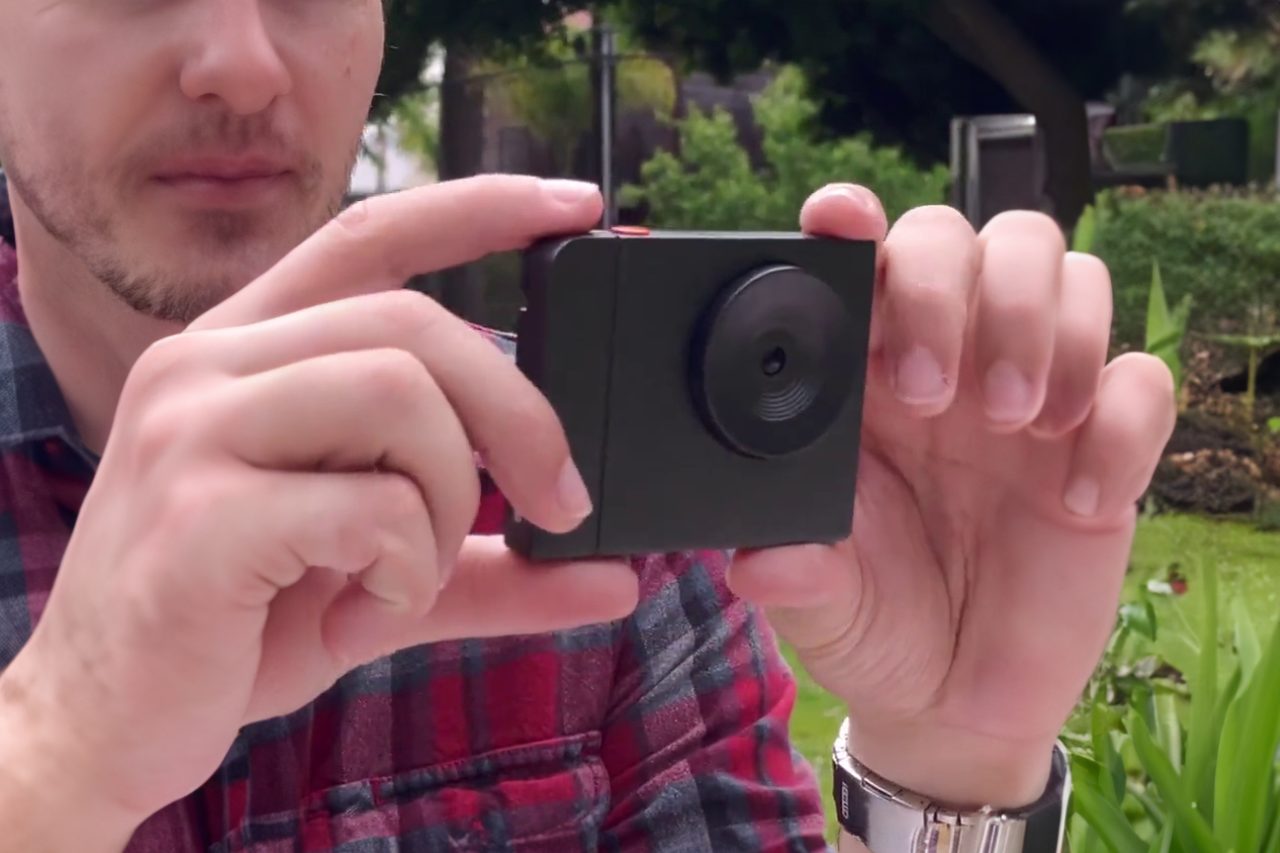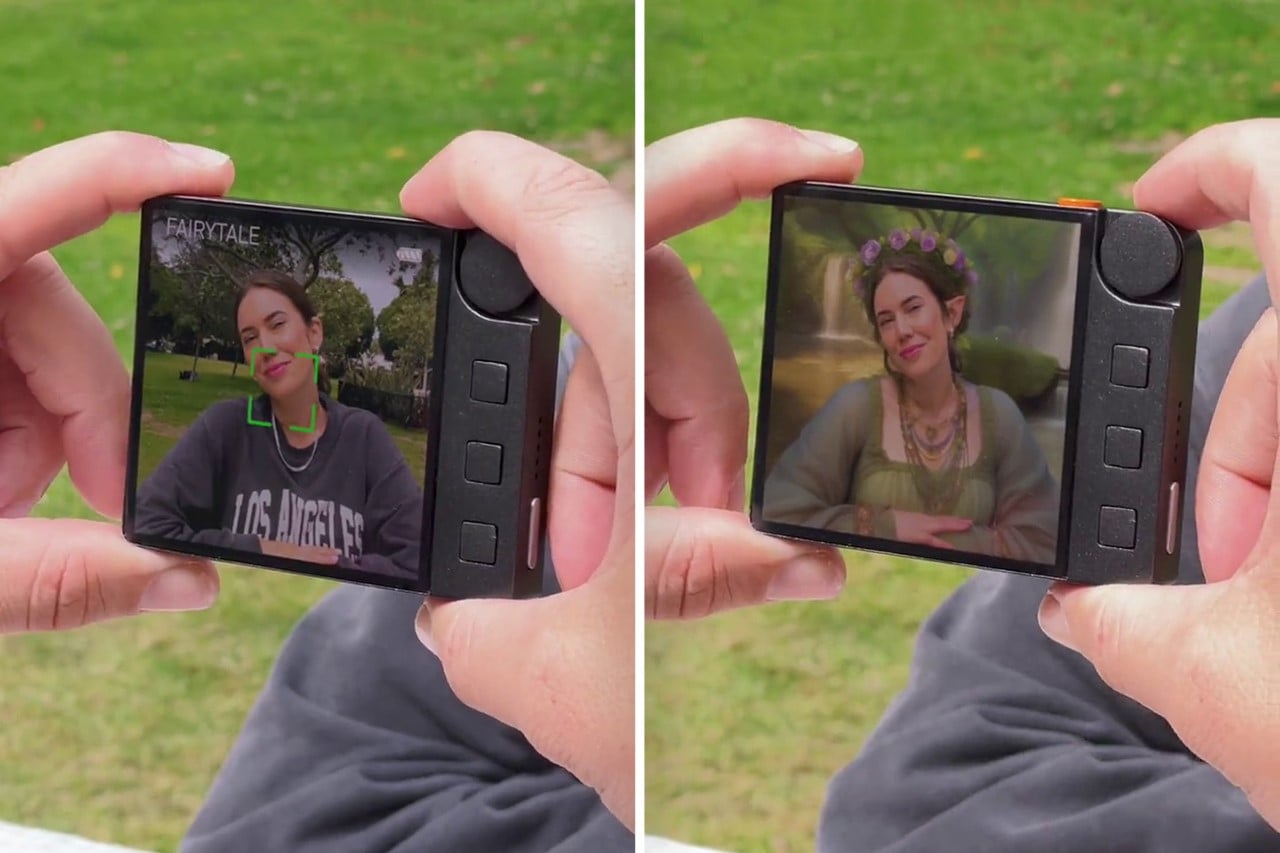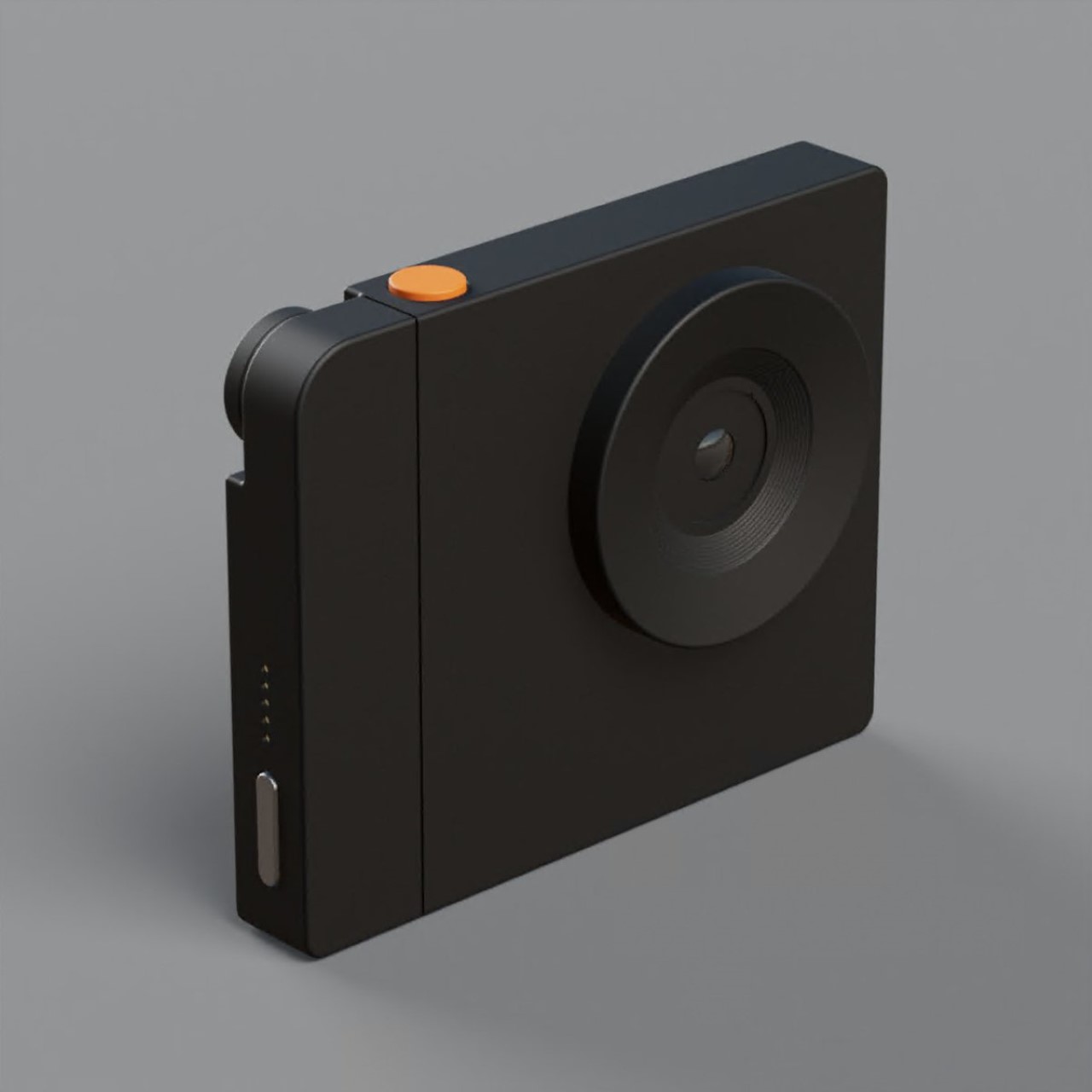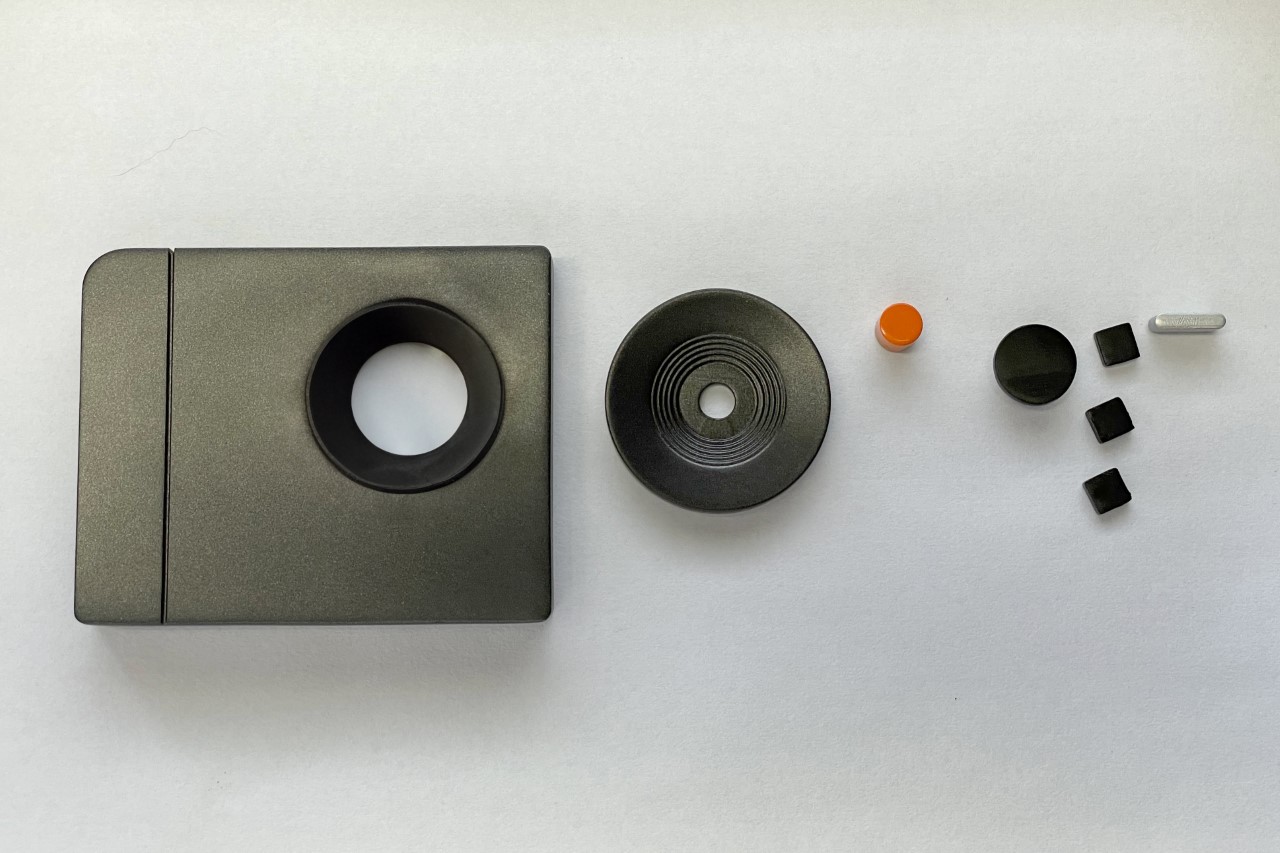
Created by Twitter-user Kyle Goodrich, the DreamGenerator is a compact handheld shooter that runs Stable Diffusion to transform the photos you take. With as many as 30 themes to choose from, you can prompt the camera to make your photos retro, sci-fi, zombie, pirate-themed, and much more. The photo you take is displayed on the DreamGenerator’s viewfinder display, and in a matter of seconds, is transformed into something totally new, created by the Stable Diffusion program running within the camera.
Designer: Kyle Goodrich
Introducing DreamGenerator!
A camera that transforms your photos into something new using the power of generative AI.
Choose from 30 prompts, capture, and watch as your image morphs into a one-of-a-kind masterpiece right before your eyes!
pic.twitter.com/NJMxQ09Rna
— Kyle Goodrich (@_kylegoodrich) July 18, 2023
The DreamGenerator was built by Kyle Goodrich, a 3D artist and augmented-reality product designer at Snapchat. Seeing that most AI-gen tools can be extremely complicated on the surface, Goodrich decided to make a point-and-shoot-style camera with an easy UX to help democratize the act of AI art generation. The camera looks pretty simple on the outside (it reminds me of Spotify’s Car Thing), but hides some impressive tech on the inside. A simple camera module feeds images to the DreamGenerator’s Raspberry Pi computer, which runs an instance of Stable Diffusion and ControlNet to create AI art based on said image. AI generative tools usually require an immense amount of GPU and computing power – well beyond the capabilities of a Raspberry Pi, which leads one to believe that the AI generation happens over the cloud.


A simple interface lets you click a photo and then toggle through a set of 30 different prompt themes. Once selected, you can instantly transform your photo based on the prompt, creating AI art that is heavily inspired by the photo you just clicked. All the computing happens in real-time, and is visible on the camera’s display. Different buttons also let you generate variations of the same input photo.


Although currently just a one-off prototype, it isn’t immediately clear if Goodrich plans on open-sourcing the DreamGenerator or even selling the camera online. The tech is rather impressive, though, simplifying AI tools in a way that really allows anyone to play around with them.
However, this isn’t the first time creators have worked on AI-powered cameras. We recently covered the Paragraphica, an AI camera that captures images without a camera lens. Instead of using image inputs, the Paragraphica would use Google Street View data along with a few other parameters to generate text prompts for the text-to-image AI model.

The post Snapchat Engineer Designs AI-Camera That Runs Stable Diffusion To Turn Your Photos Into AI Art first appeared on Yanko Design.
from Yanko Design



0 Comments